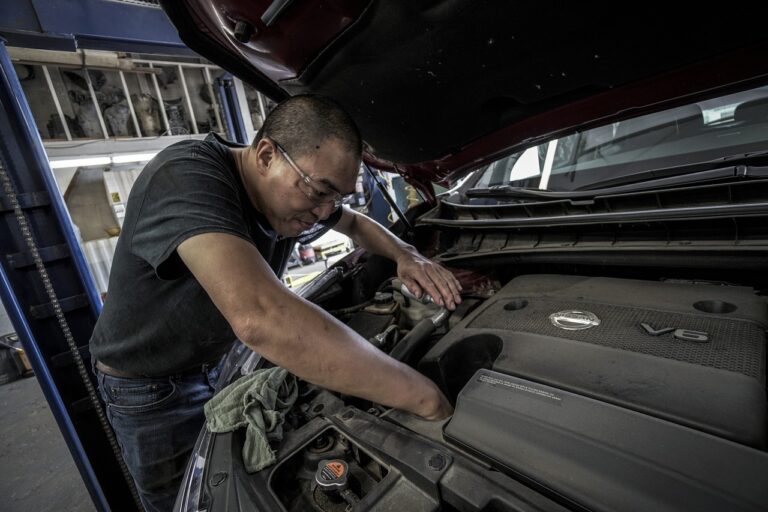The Role of Virtual Try-On Technology in Reducing Returns for Online Fashion Retailers
Virtual Try-On technology offers online fashion retailers a new way to engage with their customers and enhance the shopping experience. By allowing customers to virtually try on clothing and accessories before making a purchase, retailers can reduce returns and increase customer satisfaction. This technology provides shoppers with a realistic preview of how the items will look on them, helping to alleviate any uncertainties they may have about the fit or style.
Moreover, the use of Virtual Try-On technology can also drive sales for online fashion retailers. When customers can see themselves wearing the products in a virtual setting, they are more likely to make a purchase. This interactive and personalized experience not only boosts conversion rates but also sets retailers apart from their competitors who may not offer such cutting-edge technology.
Virtual Try-On technology allows customers to virtually try on clothing and accessories before making a purchase
Reduces returns and increases customer satisfaction by providing a realistic preview of how the items will look on them
Alleviates uncertainties about fit or style for shoppers
Drives sales for online fashion retailers by allowing customers to see themselves wearing products in a virtual setting
Increases likelihood of purchase with interactive and personalized experience
Sets retailers apart from competitors who do not offer this cutting-edge technology
How Virtual Try-On Technology Works
Virtual try-on technology utilizes augmented reality to allow customers to virtually try on clothing and accessories from the comfort of their own homes. By accessing a device’s camera, this technology superimposes the selected items onto the user in real-time, providing a realistic preview of how the pieces would look and fit.
Through sophisticated algorithms, virtual try-on technology accurately tracks the user’s body movements and dimensions to ensure a personalized and lifelike experience. This technology enables customers to assess the textures, colors, and overall aesthetics of the products before making a purchase decision, ultimately reducing the need for physical in-store visits and returning ill-fitting items.
Enhancing the Customer Experience with Virtual Try-On
Virtual try-on technology provides online fashion retailers with a powerful tool to enhance the shopping experience for their customers. By allowing shoppers to virtually try on clothing and accessories before making a purchase, retailers can address common concerns such as fit, style, and color accuracy. This not only boosts customer confidence in their selections but also reduces the likelihood of returns, ultimately leading to increased customer satisfaction.
Moreover, virtual try-on technology offers a more interactive and engaging shopping experience for customers. By being able to see how an item looks on them in real-time without physically trying it on, shoppers can make more informed decisions about their purchases. This personalized and immersive experience not only helps customers feel more confident in their choices but also creates a sense of excitement and novelty that can differentiate a retailer from its competitors.
What are some benefits of virtual try-on technology for online fashion retailers?
Virtual try-on technology allows customers to visualize how clothing items will look on them before making a purchase, reducing returns and increasing customer satisfaction. It also helps online retailers stand out from their competitors and attract more customers.
How does virtual try-on technology work?
Virtual try-on technology uses augmented reality or 3D modeling techniques to superimpose clothing items on a customer’s image or create a digital avatar that can try on different outfits. This allows customers to see how the clothes fit and look on them without physically trying them on.
How can virtual try-on technology enhance the customer experience?
Virtual try-on technology gives customers a more interactive and personalized shopping experience, helping them make more informed purchasing decisions. It also reduces the time and effort needed to find the right size and style, leading to higher customer satisfaction.







